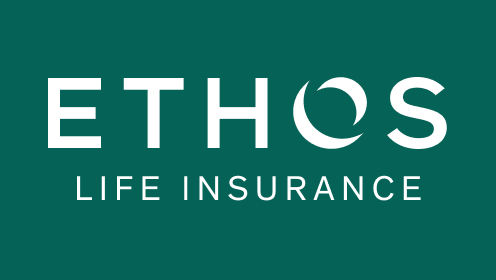You’ve probably received offers for accidental death & dismemberment (AD&D) from your credit card companies, mortgage holder, bank or other organizations. I’s important not to confuse this type of insurance with standard life insurance. It’s especially vital to avoid relying solely on AD&D to provide for your dependents in the event of your death.
AD&D policies are relatively inexpensive and easy to understand. If you die accidentally, your beneficiary can collect lots of money. If you lose an arm or other limb or your sight, you would collect a significant sum (specific payments will be spelled out in your policy application).
How AD&D works
The majority of AD&D claims are for accidental death. There are normally standard payouts when it comes to loss of limbs.
Policies are straightforward on whether they cover a specific body party. A big toe, for instance, might not go into a payment category because certain dismemberment policies often start at or above the ankle.
Insurance companies typically offers AD&D insurance through employers’ benefits packages too. Plan benefit amounts vary significantly and can be tailored to meet an employer’s needs. Those policies generally range from $20,000 to $500,000 for an employee individual. Coverage is also available for a spouse when offered in a voluntary program.
Your policy may state that in order for you to receive benefits, your death or the loss of a limb or eyesight must occur within a certain time frame after the accident, usually within three months. And your death must be a direct result of the injuries you sustained in the accident. If you die and meet the criteria, the policy would pay the principal (full) amount. Loss of limbs or eyesight are paid on a “scheduled” basis, meaning a portion of the principal amount.
AD&D policy exclusions
The circumstances connected with your accident or death could affect your AD&D benefits. Exclusions in AD&D policies depend on the insurance company, so experts suggest you shop around for the right policy.
Policies often include several exclusions.
- Death during surgery
- Death resulting from a mental or physical illness
- Bacterial infection
- Hernia
- Drug overdose
- Skydiving
- Drunk driving
AD&D policy extras
AD&D policies don’t cover emotional trauma due to an accidental death or dismemberment, but some offer counseling or “spouse career adjustment.”
In addition to counseling, some companies also provide legal and financial support services to beneficiaries.
You might fare even better if you tried to live safely. If a person insured by an AD&D policy dies in an automobile accident, the beneficiary might receive an additional $10,000 because he or she wore a seat belt.
Who sells AD&D
One generally purchases AD&D through workplace benefits as part of group life or health plans. Employers will often connect the amount of coverage to your salary and you won’t need to fill out a medical history to apply — workplace-based coverage offers guaranteed acceptance.
You can also purchase AD&D from credit card offers, with the policy underwritten by major insurers. Some credit unions also offer AD&D insurance with minimal coverage for no cost.
Generally, insurers selling AD&D target anyone seeking inexpensive accident coverage. Younger people who are in high-risk jobs such as heavy construction might consider purchasing AD&D, although premiums for people in dangerous jobs are likely to be more expensive.
How much AD&D costs
Similar to other types of insurance, how much AD&D will cost you varies depending on multiple factors. AD&D insurance premiums can cost as little as $60 per year. An employer may offer their employees coverage for free.
The lower the premium, the less money you’d likely get if you or your loved ones need to file a claim.
It’s vital to remember that AD&D shouldn’t be the only insurance policy you get. Life and health insurance are a must. AD&D can help you, but don’t avoid the other types of coverage and go with AD&D on its own.










